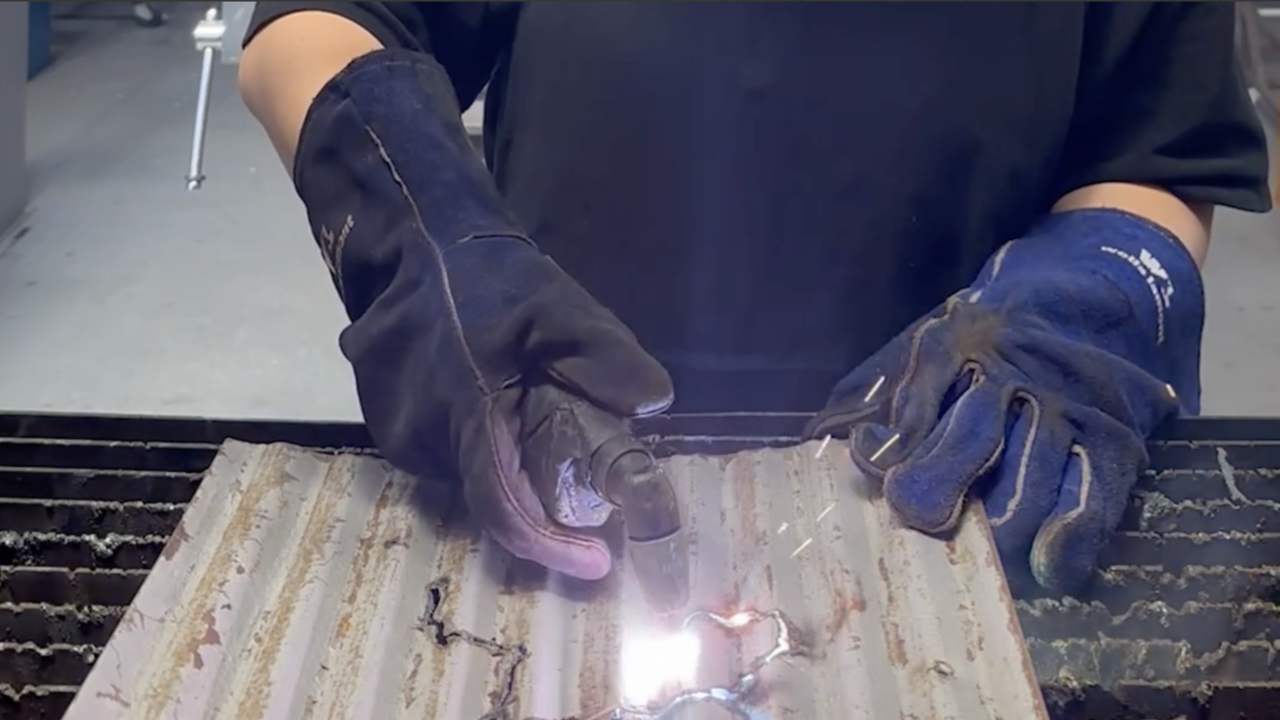Brian Groombridge

Early in Brian Groombridge’s self-curated retrospective ‘small telescopes’, at YYZ, was a photograph of his storefront installation Model (interior) of Piet Munson House, Utrecht, 1922–24 (2010), in which boxes and cubes describe what his accompanying essay calls ‘a structure based on an untruth’. The picture’s presence is unremarkable: market forces long ago trounced the anti-commercialism of site-specific art-making, and we now assume artists will use photo-documentation to monetize such work. But the brochure counters this assumption. ‘Note,’ it says, ‘photo documentation is not art work.’
This statement is vintage Groombridge. Its deliberateness and emphasis of art over commerce summarize why we might call him an ‘artist’s artist’; why, for more than three decades, he’s produced just a few pieces per year; and why he’s known primarily to artists and other insiders. It also points to a related question around Groombridge’s oeuvre: what, exactly, is the art?
The uncertainty arises from Groombridge’s long-standing use of the ‘look’ of information and measurement to camouflage his admirably rarified concern for art as art. Thus the elaborately misleading title 52º 02” 31’ N, 02º 02” 44’ E (2005) for a waist-high MDF cube on which rest metal bars printed with seemingly random terms: ‘King David’, ‘Cornucopia’, ‘Mebo II’. It’s easy to learn that these words identify pirate radio ships, and that the work’s name locates a spot in international waters favoured by such vessels. Nor is it hard to find out that the numbers in the silkscreen series Comets Tell of Great Distances Travelled (1989) mark the five years when Halley’s Comet most recently appeared.
Uncovering these facts, though, means falling for Groombridge’s ploy. It means missing the art, like a predator wrestling with a lizard’s wriggling tail while the tail’s owner escapes. More germane are such classic Conceptual art precedents as Terry Atkinson and Michael Baldwin’s Air-Conditioning Show / Air Show / Frameworks (1966–7), a column of air, or Robert Barry’s inaudible and invisible 90mc Carrier Wave (FM) (1967). In every case, saying what the art work isn’t proves easier than saying what it is.
In 52º 02” 31’ N…, for instance, the art is neither the ships’ names, nor the fact that these terms are ships’ names, nor the ships that they name. And the plinth? Are its orange sides and yellow top – its not being white – sufficient to make it art?
Not that all Groombridge’s work induces such questioning. For instance, Untitled (1993), a folding aluminium ruler organized into a diamond-shaped wall piece, presents itself straightforwardly as art, as does Untitled (2008), a bold blue aluminium cut-out of a chair (though one can ask if the latter, hanging from the ceiling, jaunty flanges protruding here and there, is a thick drawing or a thin sculpture). But feints abounded, even in the exhibition title ‘small telescopes’. For astronomers, this term means anything with an aperture under 2.5 metres – not the hobbyist device it suggests.
And star-gazing similarly misleads us in The Astronomer’s Chair – one of two works from 2012 at Susan Hobbs – which comprises a pair of flags mounted on aluminium masts and held stiff by horizontal arms. But the first flag’s playing cards motif – hearts, clubs, spades, diamonds – doesn’t discernibly link to the title or to the title’s reference, a line drawing on the second flag. And, while this latter image’s appearance (something like a stylized adirondack chair), name and description as slung at a ‘delirious angle’ directed us to an object in a collection in Leeds, UK, the ascribed function is only a guess and, in any case, doesn’t explain why this chair deserves a flag. Moreover, how do the four painted aluminium squares hanging upstairs constitute the ‘tools and materials’ identified in their title?
Assessing the 25 years covered by these shows – as well as Elisa Strinna and Eva Cenghiaro’s turntables, ‘playing’ wood roundels, with which Groombridge complements his retrospective – highlights the gaps these titles and data create between what we expect and what we see. Our part, borrowing loosely from Martin Heidegger, is not to close these lacunae between art and everything else, but to notice them.
















